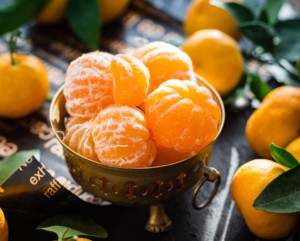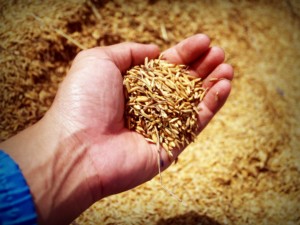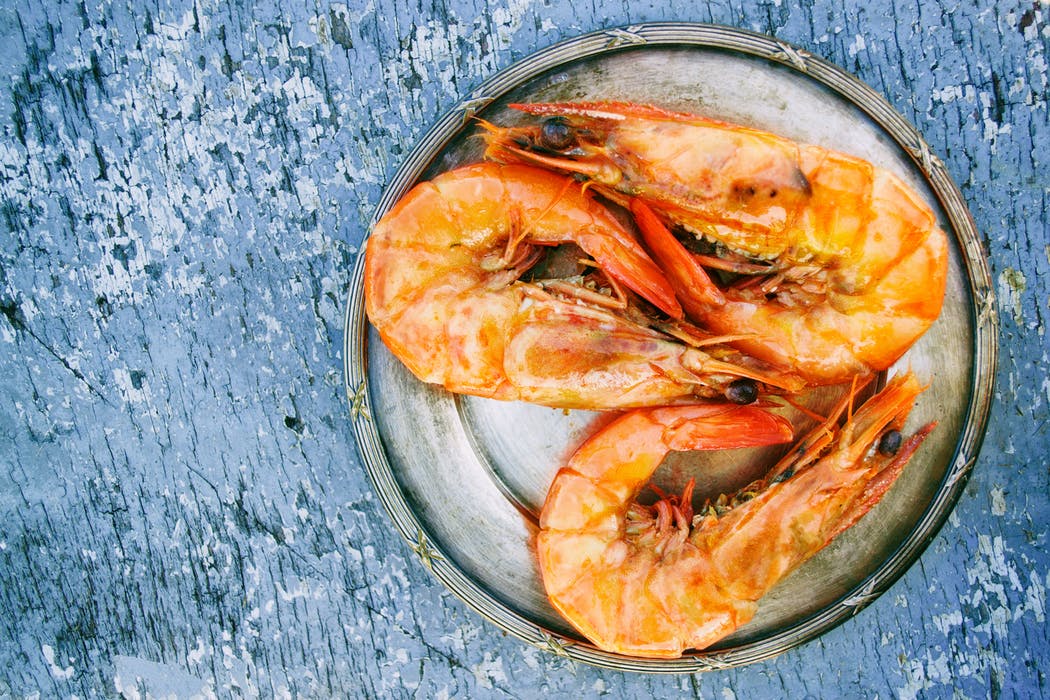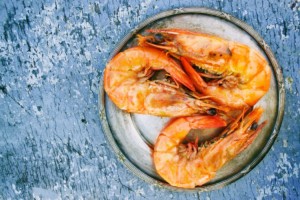Assessment 8: Color enhancers
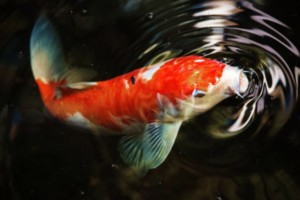
Are there color enhancers in the diet? Look for terms like Spirulina, Bio-Red, BetaCarotene, Canthaxanthin, Marigold petals, Xanthins, Shrimp Oil, Synthetic and Non Synthetic Carotenoids, Color Enhancers…On the label. Generally, the shrimp oil is the most expensive. It performs as well or better than the synthetic carotenoids but either is acceptable. Spirulina cannot push color unless the fish are exposed to sunlight. None of these color enhancers are hazardous to fish but can make a fish with a yellow head YELLOWER and so they say: a fish with a tendency towards pink pinker. No color enhancer can replace the irrefutable contribution of genetics and sunlight to color.
Assessment 9: Ash content if stated.
Sometimes companies will level with you and tell you the “crap” content of their food. Ash is what’s left behind when you incinerate (or the fish digests) the food. It’s almost all carbon and mineral. So the higher the ash number, the less likely one is to appreciate it. Generally, when Ash is high, a smart label guy would just leave it off, and they are allowed to because it’s not required on fish food bags.
